
Before humans tested the limits of space, animals took one for the Earthlings. Tiny flies defied radiation, frogs floated awkwardly, and spiders spun webs like it was just another Tuesday. Here are 12 different critters who set the pathway for human space exploration—and made sure we weren’t the first to panic.
1. Fruit Flies Were The First Space Survivors

Before humans dared to leave Earth, scientists sent fruit flies into the cosmos in 1947. Why flies? Because flies are small, breed fast, and share 60% of their genes with us. Launched aboard a V-2 rocket, these fearless flies helped researchers see how radiation affected living things. The fruit flies came back alive and made history as the first space survivors!
2. Laika Made Headlines For Orbiting The Earth

A stray Moscow dog named Laika took off aboard the Soviet spacecraft Sputnik 2 in 1957. She was the first mammal to orbit Earth. Sadly, Laika didn’t survive the journey due to the overheating of the craft, but her mission paved the way for human space travel. She’s honored with statues and monuments today.
3. The Albert Monkeys Were The First Space Apes
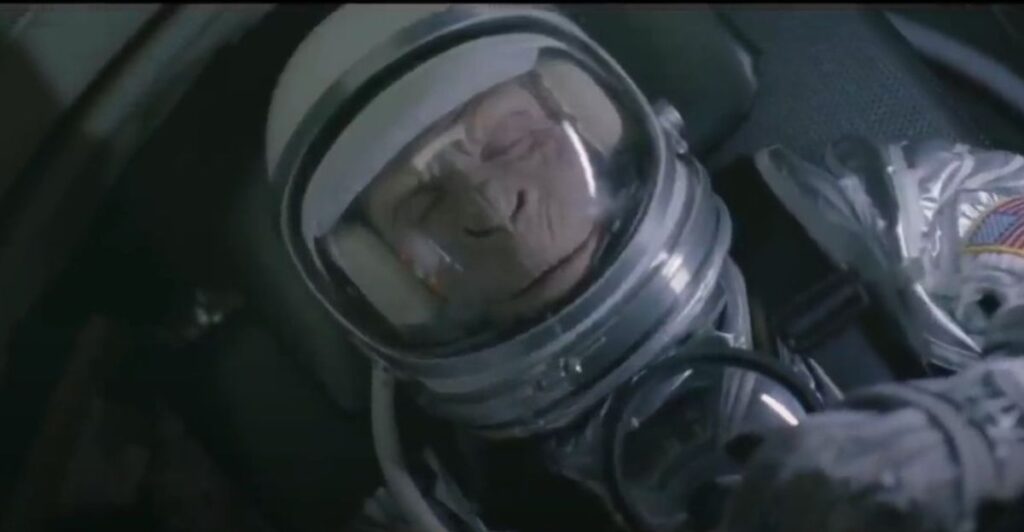
Albert I through IV weren’t just passengers; those monkeys were test subjects to see if humans could handle spaceflight. Albert I’s 1948 flight didn’t end well, but Albert II made it to space in 1949, reaching 83 miles high. These missions showed that mammals could survive the brutal launch and microgravity, even if parachute problems cut trips short.
4. Tardigrades Survived Everything Without a Hitch

If you think you’re tough, meet tardigrades, the water bears. In 2007, these microscopic critters were sent into open space on the FOTON-M3 mission. Tardigrades survived the vacuum, cosmic radiation, and temperatures close to absolute zero. When the bears came back to Earth, they just shook it off and carried on like nothing happened!
5. Mice Solved The Muscle and Bones Mystery

Mice have been frequent flyers on NASA’s Rodent Research Missions. These little guys help scientists understand how microgravity affects muscles and bones. It turns out that without gravity, muscles shrink, and bones weaken. Thanks to these tiny space travelers, we’re figuring out how to keep our astronauts strong on long missions.
6. Medaka Fish Swam Through Microgravity
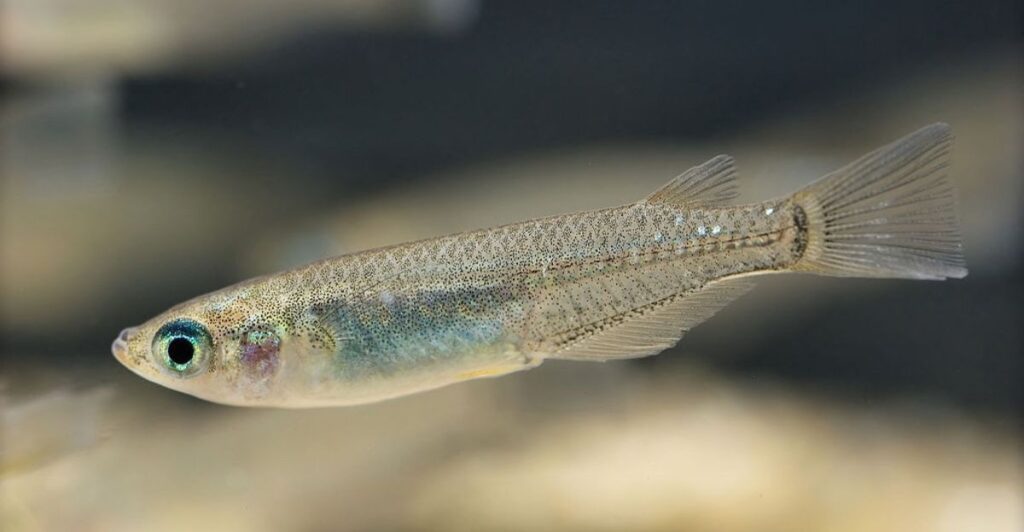
In 2012, Japanese medaka fish took a trip to the International Space Station. Watching these fish swim in zero gravity was like watching a sci-fi movie! Medadas let scientists understand how bones adapt to space and how balance works when there’s no “up” or “down.” Plus, they have a see-through body, so studying them was extra easy!
7. Spiders Weaved Webs in Space
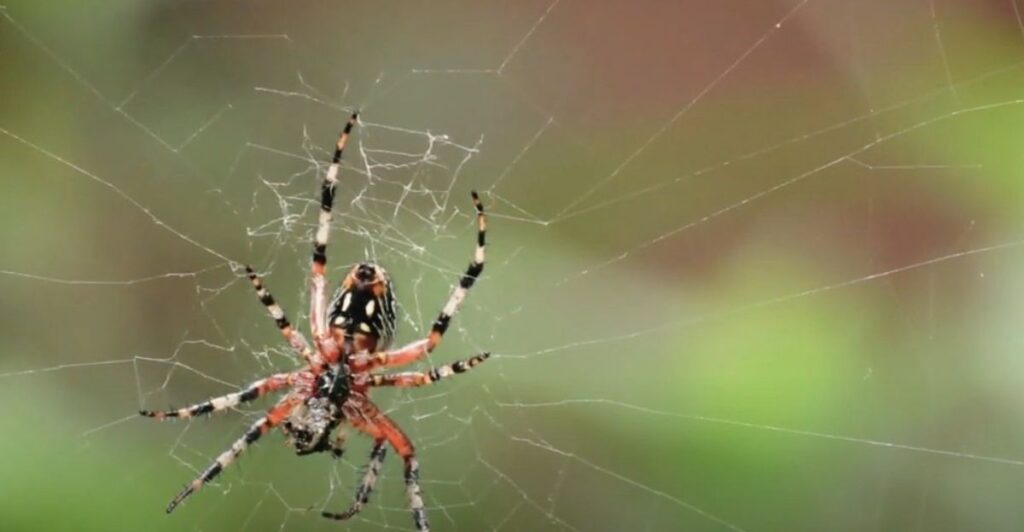
Arabella and Anita, two garden spiders, hitched a ride to Skylab in 1973. At first, those spiders struggled to spin webs without gravitational force, but the pair quickly adapted. Their webs were different (more symmetrical and tighter) compared to Earth’s webs. It was proof that even arachnids can adjust to life among the stars.
8. Bullfrogs: Floating Frogs and Dizzy Insights

Do you know how outer space can mess with your inner ear? Bullfrogs were sent there in the 1970s to answer this question. The bullfrogs’ vestibular systems (which aid with balance) were studied to understand how microgravity affects orientation. The frogs were just floating around, probably trying to figure out which way is “down.”
9. Guppies Stayed in Groups
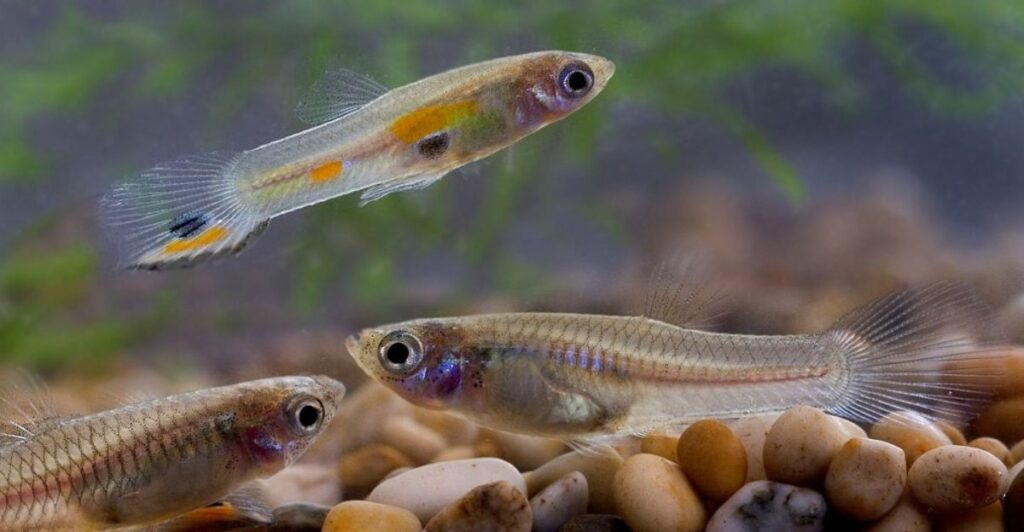
Guppies joined the space crew in 2014 to show how fish behave when there’s no gravity to guide them. The experiment found out that they still stuck together and schooled, even while floating aimlessly. That time, we learned a lot about how brains process space and social cues when the world flips here and there.
10. Flatworms Were Regrowing Body Parts in Space
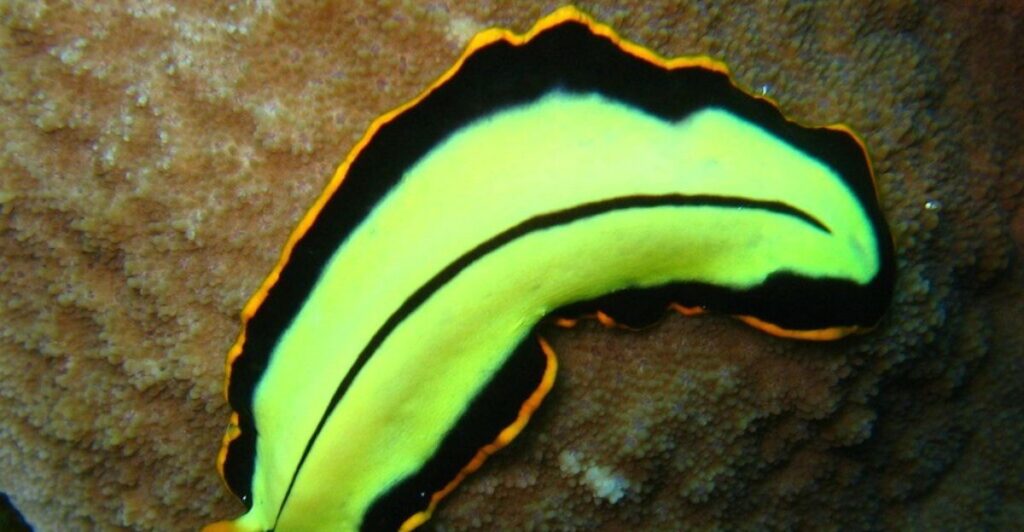
Planarian flatworms are famous for regenerating lost body parts. In 2015, they took this talent to space to see if microgravity changed their superpower. One worm even grew two heads after coming back! This weird outcome helped researchers examine how the expanse affects cells and tissue repair.
11. Geckos Became The Helpful Martrys
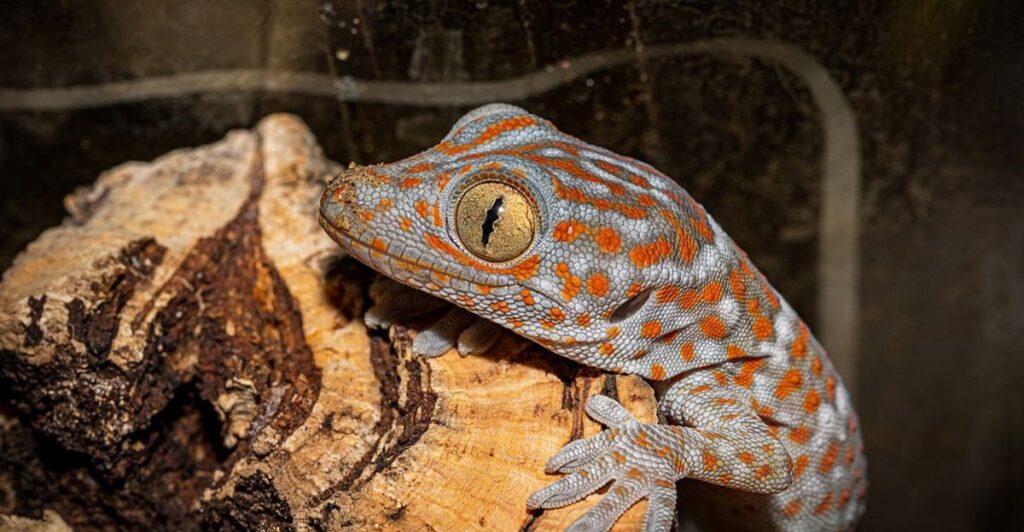
Russia launched the Foton-M4 mission in 2014, which carried five geckos to learn how reptiles reproduce in space. Surprisingly, the geckos adapted well, using their sticky toe pads to cross surfaces effortlessly. Unfortunately, a heating system failure killed them before the mission’s end. Despite this, early data showed that space might not be a dealbreaker for reptile reproduction.
12. Bees Became The Builders of Space

Honeybees boarded the Space Shuttle Challenger in 1984. Even in the nothingness, honeybees got to work, building honeycomb structures and going about bee business. Though a bit confused at first, the bees adapted quickly to prove that insects can still follow their instincts, even when the rules of the Earth go out the window.
Stay connected with us for more stories like this! Follow us to get the latest updates or hit the Follow button at the top of this article, and let us know what you think by leaving your feedback below. We’d love to hear from you!







